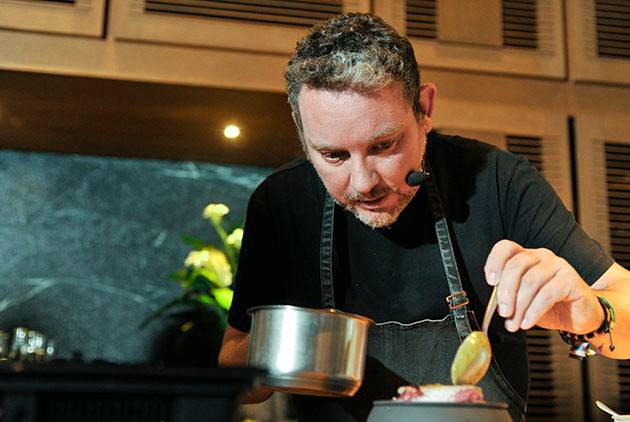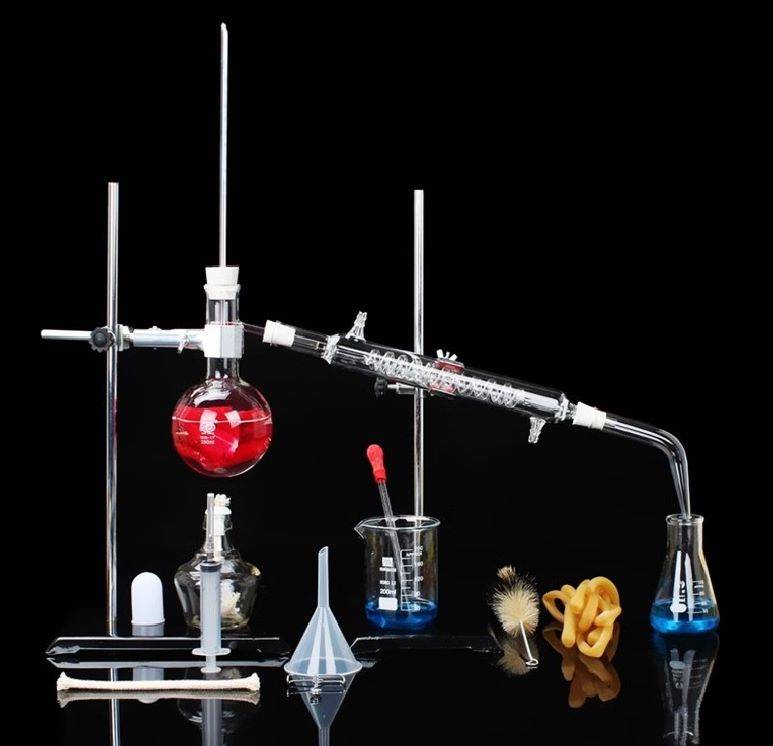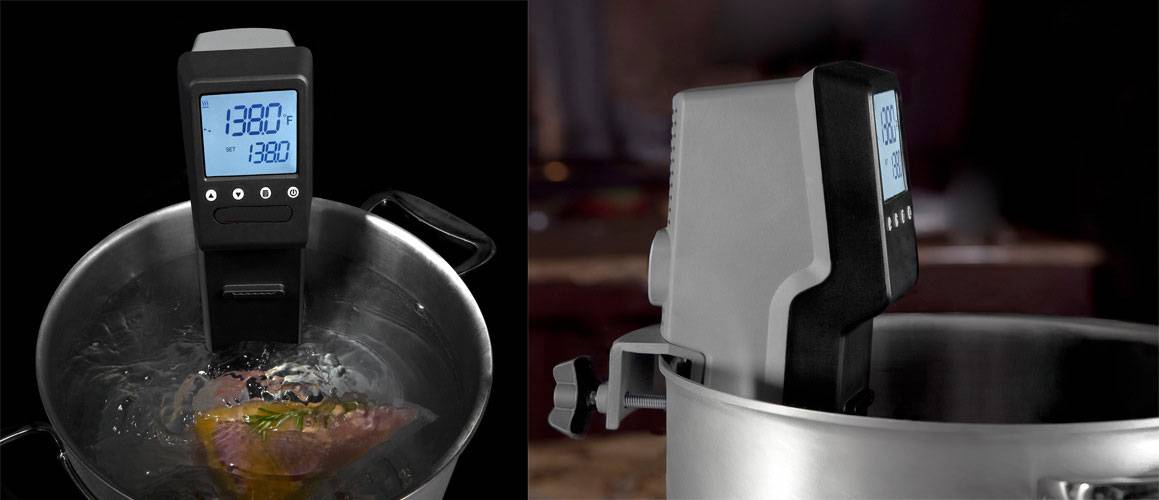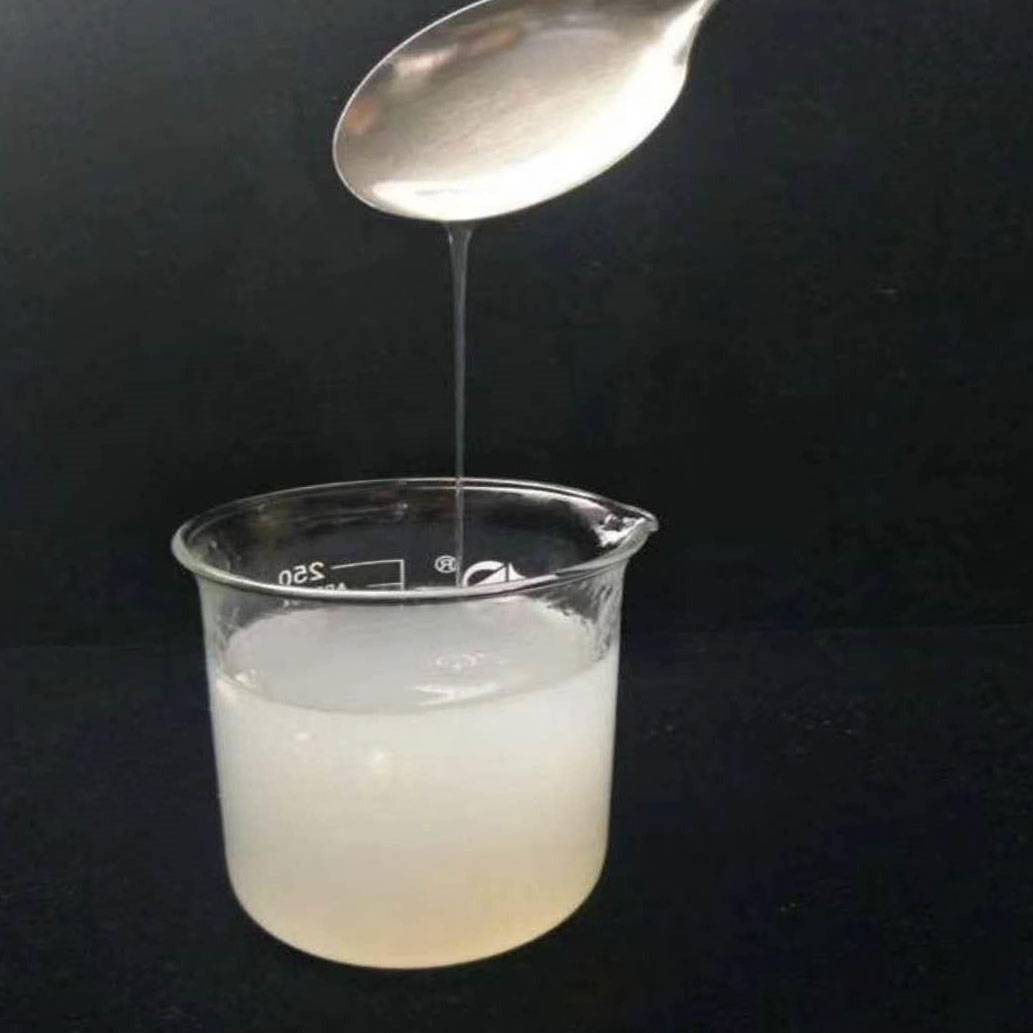Introduction to Molecular Gastronomy
Origins and Concept
Molecular gastronomy, a term coined in 1992 by physicist Nicholas Curti and French chemist Hervé This (pronounced "Teess"), emerged as a fusion of culinary tradition and scientific rigor. During his doctoral studies, Hervé This meticulously combined traditional folk culinary practices with systematic scientific methods, laying the groundwork for what would become known as molecular cuisine. This interdisciplinary approach aimed to unravel the chemical processes behind culinary techniques, thereby enabling chefs to manipulate food at the molecular level to create innovative dishes.
The inception of molecular gastronomy was not merely an academic exercise but a practical application of scientific principles to culinary arts. This pioneering work allowed for the exploration of new textures, flavors, and presentations, fundamentally altering the landscape of modern cuisine. By applying principles from physics, chemistry, and biology, molecular gastronomy seeks to demystify the science behind cooking, offering a deeper understanding and greater control over the creation of food.
This scientific approach to cooking has since inspired a new generation of chefs and food scientists, leading to the development of techniques and tools that push the boundaries of traditional cuisine. The marriage of science and gastronomy has not only revolutionized the way food is prepared but also how it is perceived and experienced, making molecular gastronomy a cornerstone of contemporary culinary innovation.
Characteristics of Molecular Cuisine
Molecular cuisine, a culinary movement that originated in Spain, is characterized by its innovative use of various substances to transform the physical and sensory properties of food. This approach involves the deliberate addition of chemicals and techniques to create dishes with unconventional shapes, textures, and presentations. The primary objective of molecular cuisine is to challenge the diner's perception by presenting familiar flavors in unexpected forms, thereby enhancing the dining experience through surprise and curiosity.
One of the hallmarks of molecular cuisine is its ability to manipulate the molecular structure of ingredients. This can involve the use of edible chemicals such as agar, alginate, citric acid, and gellan gum, which are employed to alter the consistency and appearance of foods. For instance, these additives can turn a liquid into a gel or a foam, or create spheres that burst with flavor when bitten into. This molecular manipulation not only allows for the creation of visually stunning dishes but also enhances the interplay between taste and texture, making each bite a unique sensory experience.
Moreover, molecular cuisine often incorporates scientific tools like syringes, test tubes, and siphon bottles, which are used to precisely control the application of these additives and techniques. These tools enable chefs to achieve the desired effects with a high degree of accuracy, whether it's creating frothy sauces, disguising liquids, or rapidly freezing ingredients with liquid nitrogen. The result is a dining experience that is as much about the art of presentation as it is about the science of flavor.

In essence, molecular cuisine represents a fusion of culinary art and scientific precision, where the boundaries between food and chemistry are blurred to create dishes that are both visually captivating and gastronomically intriguing.
Tools and Additives in Molecular Gastronomy
Basic Tools
Molecular cooking employs a range of scientific instruments, including syringes, test tubes, and measuring cups, to achieve culinary precision and innovation. These tools are essential for manipulating ingredients at a molecular level, allowing chefs to create dishes that defy conventional expectations.
Syringes, for instance, are frequently used to inject precise amounts of liquid into other substances, enabling the creation of textures and flavors that are otherwise unattainable. Test tubes serve as miniature cooking vessels, facilitating experiments with small quantities of ingredients to perfect recipes before scaling up. Measuring cups and spoons ensure exact measurements, which are crucial in molecular gastronomy where the slightest variation can significantly alter the outcome.
These tools help in the creation of frothy sauces, disguised liquids, and other innovative dishes by allowing for controlled experimentation and the application of scientific principles to culinary art. For example, a syringe can be used to inject air into a sauce to create a frothy texture, while test tubes can be used to mix and heat ingredients in precise conditions to achieve desired reactions.
In summary, the use of these basic scientific tools in molecular cooking is not just about novelty; it's about precision, control, and the ability to push the boundaries of traditional cuisine.

Food Additives
In the realm of molecular gastronomy, food additives play a pivotal role in transforming traditional ingredients into innovative culinary creations. These edible chemicals, such as agar, alginate, citric acid, and gellan gum, are not merely flavor enhancers but are integral to altering the molecular structure of foods. This structural modification opens up a world of new possibilities, enabling chefs to craft dishes with unique textures, shapes, and consistencies that would be otherwise unattainable through conventional cooking methods.
Agar, for instance, is a gelatinous substance derived from seaweed, commonly used to create gels and stabilize foams. Alginate, another seaweed-based additive, works in conjunction with calcium to form spheres, a technique famously used in the creation of "caviar" from various liquids. Citric acid, known for its sour flavor, is often employed not just for taste but also to act as a preservative and to alter the pH of foods, influencing their texture and stability. Gellan gum, a polysaccharide produced by bacteria, adds viscosity and elasticity to food, making it an excellent agent for creating smooth, creamy textures.
The use of these additives is not limited to merely changing the physical properties of food; they also enable the creation of entirely new culinary experiences. For example, by combining alginate with calcium, chefs can produce "spherification," a process that encapsulates liquid centers within a gel shell, resulting in visually striking and texturally intriguing dishes. This technique has been used to create everything from "caviar" made from olive oil to "egg yolks" that burst with flavorful juices when bitten into.
In essence, food additives in molecular gastronomy serve as the building blocks for culinary innovation, allowing chefs to push the boundaries of traditional cooking and create dishes that tantalize the senses in entirely new ways.
Techniques in Molecular Cuisine
Vacuum Low-Temperature Slow Cooking
Vacuum low-temperature slow cooking is a sophisticated culinary technique that involves the meticulous sealing of raw ingredients within a vacuum bag, followed by their immersion in a precisely controlled water bath. This method allows for the slow and even cooking of the ingredients, ensuring that their flavors and nutrients are preserved with exceptional care.
The process begins with the selection of high-quality raw ingredients, which are then carefully sealed in a vacuum bag. This sealing process removes the majority of the air, creating an oxygen-free environment that helps to prevent oxidation and the degradation of the ingredients. Once sealed, the bagged ingredients are placed in a water bath that maintains a constant, low temperature. The gentle heat of the water bath slowly penetrates the ingredients, breaking down their connective tissues and proteins in a manner that enhances their natural flavors without overcooking them.

This technique is particularly effective for cooking proteins such as meats and fish, as well as for delicate vegetables and fruits. The low-temperature environment ensures that the ingredients retain their moisture and texture, resulting in a succulent and tender final product. Additionally, the vacuum sealing and slow cooking process help to lock in the nutrients, making this method not only a treat for the taste buds but also a healthier option compared to traditional cooking methods.
The benefits of vacuum low-temperature slow cooking extend beyond flavor and nutrition. This method also allows for greater consistency in cooking outcomes, as the controlled environment eliminates many of the variables that can affect traditional cooking methods. Chefs who employ this technique can achieve remarkable precision in their dishes, ensuring that each serving is as perfect as the last.
In summary, vacuum low-temperature slow cooking is a technique that marries science with gastronomy, offering a unique approach to food preparation that preserves the essence of the ingredients while delivering a culinary experience that is both innovative and delightful.
Liquid Nitrogen Quick-Freezing
Liquid nitrogen quick-freezing is a groundbreaking technique in molecular gastronomy that leverages the extreme cold of liquid nitrogen (typically at -196°C) to rapidly freeze food. This method is particularly renowned for its applications in crafting gourmet ice cream, where the rapid freezing process prevents the formation of large ice crystals, resulting in a smoother and creamier texture. Beyond ice cream, this technique is also employed to enhance the aroma and freshness of fruits and vegetables. By freezing these ingredients at such a rapid pace, the volatile compounds responsible for their unique scents are preserved, leading to a more vibrant and aromatic culinary experience. This method not only preserves the integrity of the food but also opens up new possibilities for innovative culinary creations, making it a staple in the molecular gastronomy toolkit.
Foam Technology
Foam technology is a fascinating technique within molecular gastronomy that leverages a siphon bottle filled with nitrogen dioxide to rapidly create mousses and foams. This method is particularly adept at preserving the intrinsic flavors of the ingredients, making it a popular choice among chefs who seek to enhance the sensory experience of their dishes.
The process begins with the careful selection of ingredients, which are then infused with nitrogen dioxide. This gas, known for its ability to expand rapidly, is introduced into the siphon bottle under pressure. When the siphon is activated, the gas expands and incorporates air into the liquid, forming a stable foam. The result is a light, airy texture that retains the original flavor profile of the ingredients, creating a harmonious balance between taste and texture.
Foam technology is not just about creating aesthetically pleasing dishes; it also serves a practical purpose in culinary arts. The foams can be used as a garnish, a sauce, or even a standalone element in a dish, adding an extra layer of complexity and intrigue. For instance, a foam made from a rich, savory broth can elevate a simple appetizer into a luxurious experience, while a foam infused with fruit extracts can add a refreshing touch to a dessert.
Moreover, the versatility of foam technology allows chefs to experiment with a wide range of ingredients, from traditional flavors to more unconventional combinations. This innovation not only pushes the boundaries of traditional cooking but also encourages a deeper exploration of flavor profiles and textures, ultimately enriching the dining experience.
Coagulation Technique
The coagulation technique in molecular gastronomy is a fascinating process that involves the use of specific food additives to transform liquid ingredients into various forms of solidification. This method is particularly renowned for its role in creating visually stunning and texturally intriguing culinary elements such as wine vinegar pearls and melon caviar.
When implementing the coagulation technique, chefs typically employ additives like alginate and calcium chloride. These substances interact with the liquid ingredients to induce a controlled solidification process. For instance, when calcium chloride is mixed with a liquid like wine vinegar, it forms small, spherical "pearls" that encapsulate the liquid's flavor within a delicate, gel-like shell. Similarly, melon juice can be treated with these additives to create tiny, caviar-like spheres that burst with the fresh, sweet taste of melon upon contact with the tongue.
This technique not only enhances the visual appeal of dishes but also adds an element of surprise and delight to the dining experience. By manipulating the molecular structure of ingredients, chefs can create textures and forms that are far removed from their original states, offering diners a multisensory culinary adventure.
Gelatinization Technology
Gelatinization technology is a cornerstone in molecular gastronomy, transforming sol or solution into a gel. This technique is pivotal in creating jelly-like textures that encapsulate and preserve the flavor profiles of various food ingredients. The process typically involves the use of sodium alginate, a versatile additive that facilitates the formation of these gels.

When applied in molecular cuisine, gelatinization allows chefs to manipulate the structural integrity of food, offering a new dimension to culinary art. By altering the consistency from liquid to gel, it enables the creation of visually striking and texturally intriguing dishes. This method not only enhances the sensory experience but also allows for the precise control of flavor release, ensuring that each bite delivers a harmonious blend of taste and texture.
The use of gelatinization extends beyond mere aesthetic appeal; it is a scientific approach to culinary innovation. By understanding the chemical reactions involved, chefs can experiment with different concentrations of sodium alginate to achieve varying degrees of gel firmness. This flexibility is crucial in tailoring dishes to meet specific culinary goals, whether it's creating a delicate, quivering texture or a more robust, stable gel structure.
In essence, gelatinization technology exemplifies the marriage of science and gastronomy, providing chefs with a powerful tool to explore new culinary frontiers. Through this technique, the boundaries of traditional cooking are continually pushed, leading to the development of innovative dishes that captivate both the palate and the imagination.
